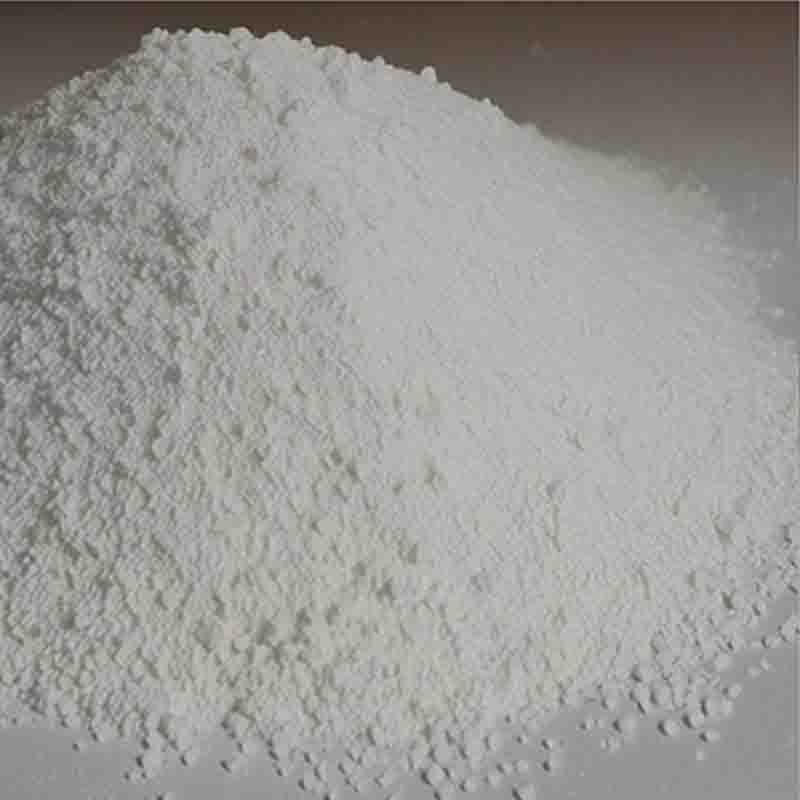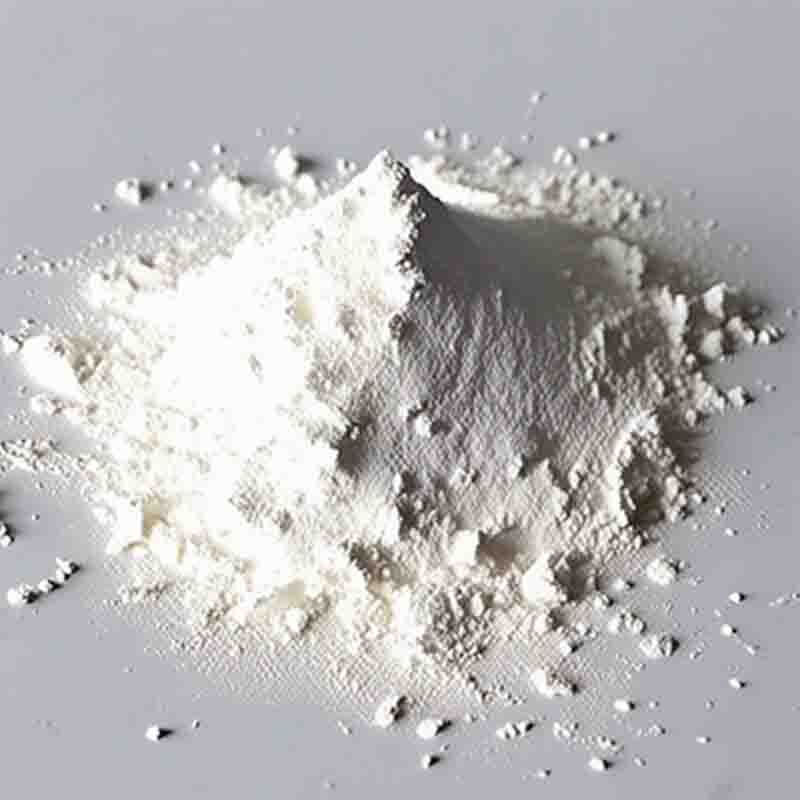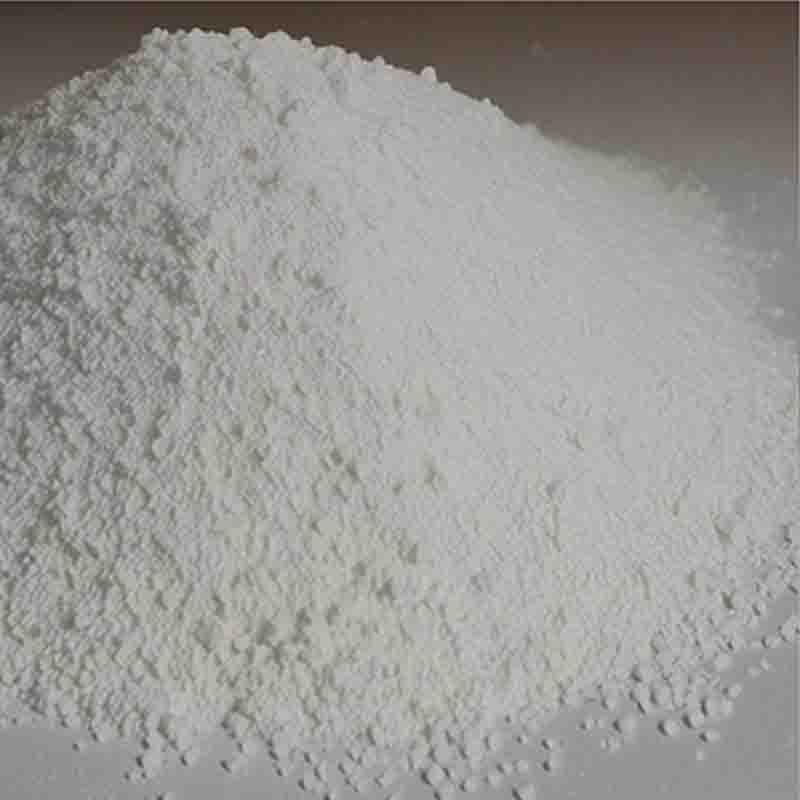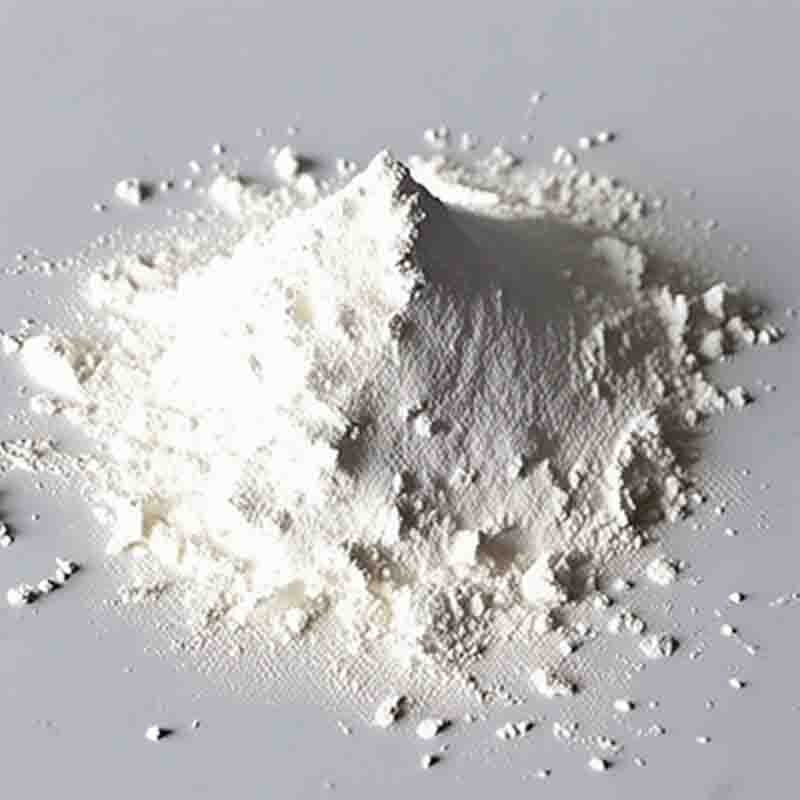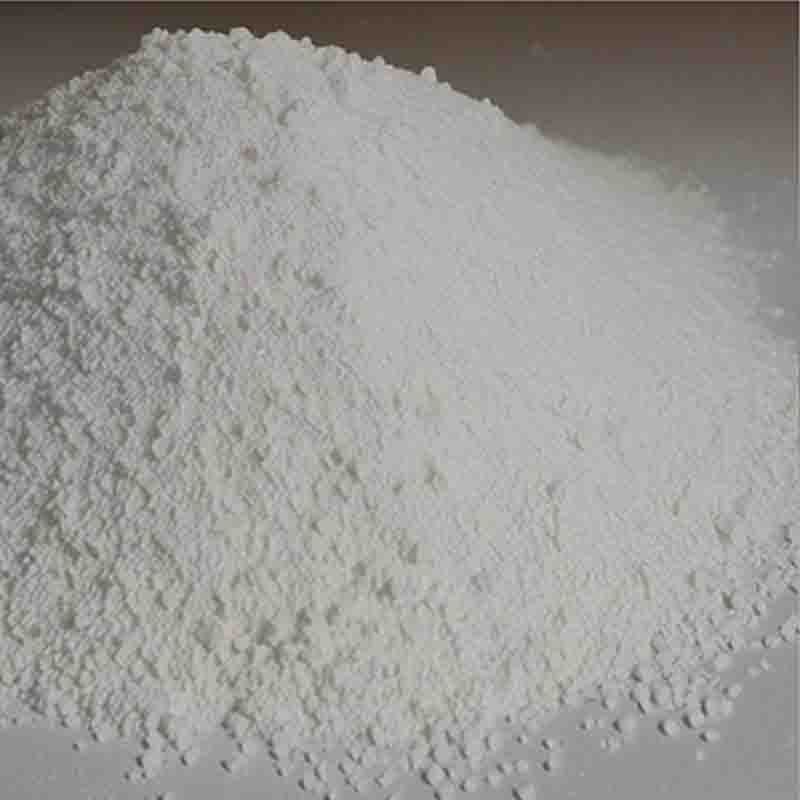ETHYL 2-METHYL-4,4,4-TRIFLUOROACETOACETATE CAS: 344-00-3
| Catalog Number | XD93571 |
| Product Name | ETHYL 2-METHYL-4,4,4-TRIFLUOROACETOACETATE |
| CAS | 344-00-3 |
| Molecular Formula | C7H9F3O3 |
| Molecular Weight | 198.14 |
| Storage Details | Ambient |
Product Specification
| Appearance | White powder |
| Assay | 99% min |
N(ε)-trifluoroacetyl-L-lysine is a specific derivative of the amino acid lysine, where the epsilon (ε) amino group is protected by a trifluoroacetyl (TFA) group. This compound finds application in various areas, particularly in peptide synthesis and biochemical research.One major use of N(ε)-trifluoroacetyl-L-lysine is in solid-phase peptide synthesis (SPPS). Peptides play a crucial role in many biological processes, and their synthesis requires the sequential assembly of amino acids. The TFA protecting group on the epsilon amino group of lysine prevents unwanted reactions during peptide bond formation while allowing other amino acids to couple at desired positions. Once peptide assembly is complete, the TFA protecting group can be selectively removed, and the N(ε)-trifluoroacetyl-L-lysine residue can be further elongated to synthesize specific peptide sequences.N(ε)-trifluoroacetyl-L-lysine is also utilized in biochemical research to study protein structure, function, and interactions. It can serve as a tool to investigate the role of lysine residues in protein-protein interactions, protein-DNA interactions, and post-translational modifications. By introducing the TFA group, the chemical properties of lysine can be modified, allowing for the investigation of specific lysine-mediated processes in biological systems.Furthermore, N(ε)-trifluoroacetyl-L-lysine can also find application in the development of targeted drug delivery systems. By conjugating specific therapeutic agents to the lysine residue through the TFA group, it is possible to increase the stability and selectivity of the drug, leading to enhanced efficacy and reduced side effects. This strategy has been explored in the delivery of anticancer drugs, antibiotics, and other therapeutics.In addition to its direct applications, N(ε)-trifluoroacetyl-L-lysine can also be used as a building block for the synthesis of other functional compounds. Its unique chemical structure and reactivity make it an attractive starting material or intermediate for the synthesis of complex organic molecules, including pharmaceuticals, agrochemicals, and materials.Nevertheless, it is crucial to handle N(ε)-trifluoroacetyl-L-lysine with care, following proper safety precautions. It is recommended to work in a well-ventilated laboratory and use appropriate personal protective equipment, such as gloves and safety goggles.In summary, N(ε)-trifluoroacetyl-L-lysine is a valuable derivative of lysine that finds diverse applications in peptide synthesis, biochemical research, targeted drug delivery, and organic synthesis. Its ability to protect the epsilon amino group of lysine allows for precise peptide synthesis, while its modified chemical properties enable the study of lysine-mediated processes. When handled properly, N(ε)-trifluoroacetyl-L-lysine proves to be a useful tool in various scientific and industrial applications.


